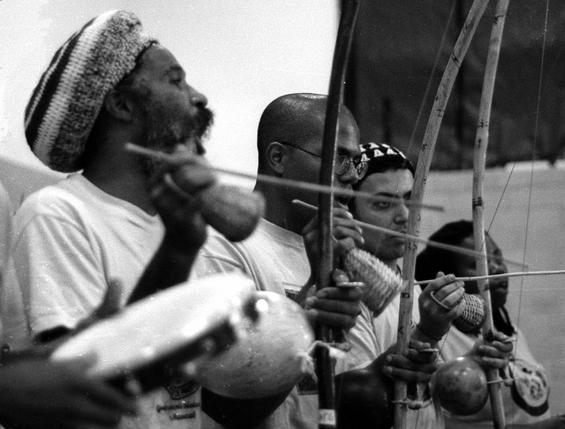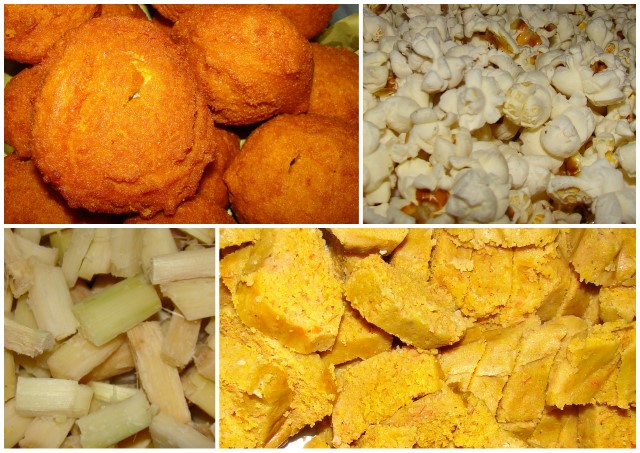About Bahian culture
Land of orixás, patuás (amulets) and babalorixás (Candomblé’s spiritual leaders); land of the cult of all saints, Bahia is also the land of all myths and rites. The different folkloric expressions exhibit the richness of the popular imagination. Samba circles, Puxadas de Mastro, Capoeira, Terno de Reis, Bumba-meu-boi, Afoxé (among many others) add colour and energy to everyday life and display the unshakable faith of Bahia’s people all over Salvador and the countryside. A mosaic of festivals and celebrations of beliefs of African, indigenous and Portuguese origins, with the singular touch of Bahia.
Jorge Amado once said that “in Bahia, popular culture touches the eyes, the ears and mouth (for its rich and delicious cuisine), it touches all the senses and inspires the artistic and literary creations. In spite of being popular, it is present on every artistic expression, regardless of its intellectual nature”












